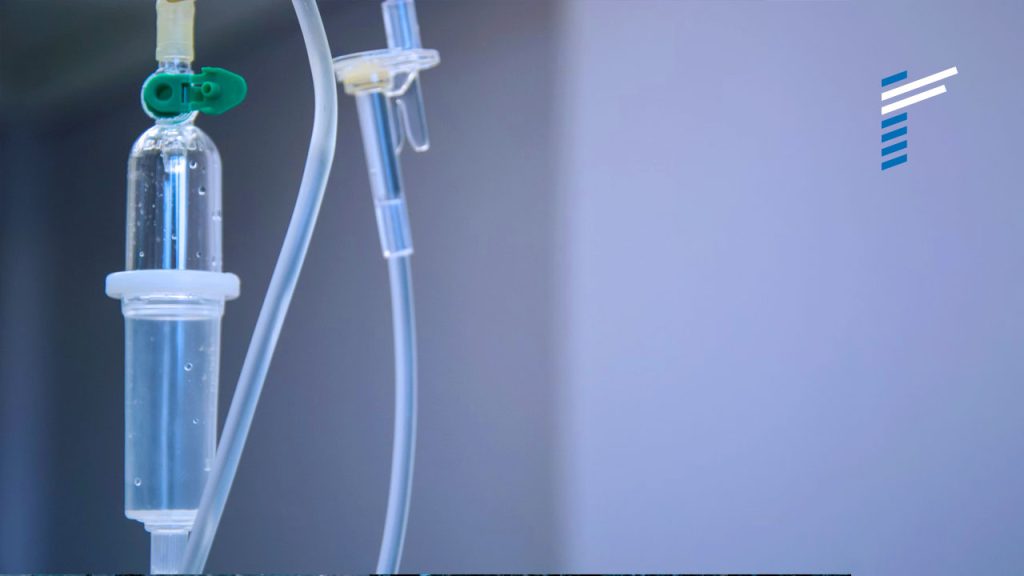At a Glance
- A nationally recognised academic medical centre in the United States wanted to improve its operating room capacity, and the overall satisfaction of its patients, employees and physicians, while ensuring a smooth transition to a new facility.
- Renoir Consulting was engaged to analyse the underlying issues and identify opportunities for improvement in four areas: Pre-Operative, Procedure Scheduling, Operating Room Throughput and Support Services.
- Renoir implemented a 40-week project called the Perioperative Review and Optimisation Project (PROP) and successfully met or exceeded the project goals.
Key results
Increased operating room capacity by
over 5,500 hours
Potential to increase contribution margin up to
US$55 million
Achieved Five-Star National Excellence in
Healthcare Award
Improved first case on-time starts by
over 400%
Background
The healthcare services sector plays a vital role in our society. It encompasses a diverse network of organisations dedicated to improving our health. It includes hospitals, clinics, pharmacies, and other providers offering inpatient and outpatient services. The focus is on promoting good health, preventing illness, and providing timely interventions for physical, mental and behavioural conditions.
The sector has experienced significant growth in recent years, driven by advances in medical technology, a growing ageing population, and expanded health insurance coverage. This growth trajectory is expected to continue, with the market size expected to reach US$10,909 billion by 2028 at a compound annual growth rate (CAGR) of 5%.
Our client is a nationally recognised medical centre in the United States, providing primary care for all ages and specialty care in more than 150 specialties. This medical centre has the capacity to serve 30,000 patients annually, handling over 900,000 visits.
The Challenge
When the client engaged Renoir, the medical centre wanted to improve its operating room (OR) capacity and patient, staff and physician satisfaction, while ensuring a smooth and effective transition to a new facility.
Analysis
The analysis identified the following issues in four areas:
- Pre-Operative: Essential procedures for processing patients lacked clear definition and coordination between departments and staff.
- Procedure Scheduling: Scheduling was labour intensive, manual, and overly complex. Frequent changes resulted in rework.
- Operating Room (OR) Throughput: Unclear roles and responsibilities hindered teamwork.
- Support Services: High case cart error rates due to incomplete and outdated surgeon preference cards and poor-quality assurance practices.
Ready for a change in your organisation?
Project Approach
A 40-week project, the Perioperative Review and Optimisation Project (PROP), was launched. The project involved three full-time Renoir consultants and a full-time task force of four people from the medical centre.
The task force was trained by Renoir consultants to ensure sustainable improvements and continued use of Renoir methodology. This ensures that the medical centre can drive further improvements in other areas.
Four Management Action Teams (MATs), each led by a line manager and including a Renoir consultant and a task force member, were set up to improve the key implementation areas identified in the initial analysis (see above).
These MATs championed their assigned areas, developing and owning solutions to deliver the identified benefits through a formal commitment to the management of the medical centre.
Implementation
Each team successfully achieved its objectives, with all project targets either met or exceeded.
Pre-Operative
A new patient check-in and admission process was implemented to eliminate long lines, waiting times and delays. A scheduled patient check-in time was introduced for surgeons, anaesthesiologists, pre-operative and operating room circulating nurses. This improved documentation and ensured on-time starts in the operating rooms.
Procedure Scheduling
Surgical procedure scheduling was reviewed and revised. A new online scheduling request form was implemented, and training was provided to all parties. Monthly coordination meetings were established between the clinic schedulers and the nurse practice managers to review issues and concerns and provide additional education on new scheduling processes. A “Tip of the Week” programme, delivered to surgeons and clinic personnel, highlighted scheduling “do’s and don’ts” to continually improve the process.
Operating Room (OR) Throughput
A new OR turnover process was developed and implemented, emphasising teamwork and clearly defined roles for each group of staff. This included a checklist of key turnover activities. Three-person “pit stop teams” were established with clearly defined roles and responsibilities for efficient OR cleaning. Other improvements included organised equipment rooms and additional shelving in the hallway for easy access to frequently used items.
Support Services
A process was implemented to routinely update surgeons’ preference cards. A map with clearly marked shelves and parts locations was created to guide case pickers for faster and more efficient cart preparation.
“We have tried for 30 years to achieve on-time starts and were not able to get any improvement until now.”
– Associate Dean
Results
A reduction in first case start delays by over
70%
A reduction in procedure cancellations by
50%
A reduction in average room turnover time by
33%
An improvement in case cart accuracy by
22%
*We have intentionally omitted client-specific details to uphold strict confidentiality.
Don’t let your organisational design chaos hold you back. Take the first step towards better organisational design.














